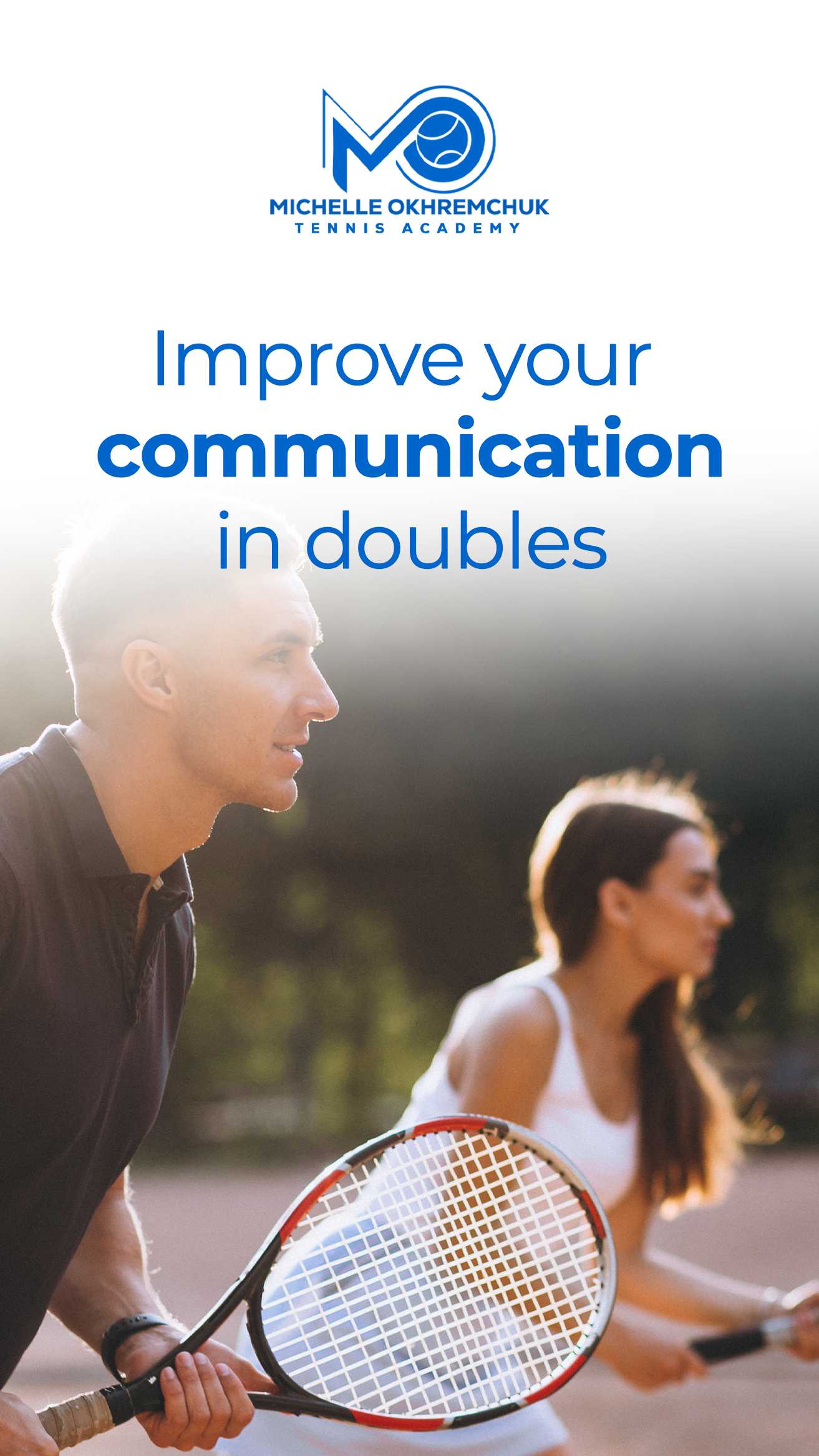In order for two individuals to collaborate successfully on the tennis court, effective communication is important.
This entails a deep understanding of each other’s strengths, weaknesses, tendencies, and preferences to enhance their performance as a team.
Learning the art of communication in doubles tennis is a game-changer, as it increases the odds of winning matches and ensuring a more enjoyable experience overall.
We’ll discuss some valuable tips communicate effectively with your tennis doubles partner.
Ongoing Support
Maintain a continuous line of communication with your doubles partner throughout the game to offer constant support.
Utilize Hand Signals
Hand signals serve as a silent but effective means of conveying basic instructions to your partner. They’re particularly valuable when swift information exchange is required. For instance, you can signal your partner to serve to the opponent’s backhand or forehand, ensuring better readiness for net volleys.
Vocalize Your Shots
Verbally express your intent to chase a ball, especially if it’s headed toward your partner’s side of the court. This avoids both players attempting to return the same shot. A simple “My shot!” declaration indicates your readiness to reach and return the ball.
Understand Your Partner’s Strengths and Weaknesses
The third step in honing your double communication skills involves enhancing your awareness of your partner’s strengths and weaknesses. This pertains not only to the shots they prefer or avoid but also their mental disposition.
Some players thrive on enthusiasm, while others benefit from a calm demeanor. Some relish returning and advancing to the net, while others find their joy in powerful baseline shots.
In any case, engaging in a candid dialogue with your doubles partner about your respective likes and dislikes is a powerful method to improve your partnership.
Strategize and Develop Set Plays
This aspect involves devising a handful of set plays that you can rely on when the heat is on. Understanding what tactics work best for you and your partner, charting out your approach for the impending point, and having a well-thought-out game plan simplifies decision-making.
For example, if you have a predefined strategy where you return cross-court, follow up at the net, and your partner aims for a cross shot, this relieves the pressure of making split-second decisions during crucial moments.
Understand Your Roles
An important aspect of mastering communication in doubles tennis revolves around comprehending the roles each player assumes in your partnership. Typically, one player embodies solidity, composure, and consistency, while the other may embrace a more daring approach.
Both roles contribute significantly, but a shared understanding of who fulfills each role is vital. If both players vie for the flashy role, it can jeopardize your overall consistency.
Recognize which of you remains composed under pressure and who benefits from motivation when the going gets tough.
Navigate Tough Situations
When one of you commits an error during a pivotal moment or misses an easy shot, engage in constructive communication rather than assigning blame. Encourage each other with words like “we got this” or “let’s keep fighting.” This boosts confidence within your partnership, and helps you maintain focus on victory instead of dwelling on past mistakes.
Celebrate Joint Success
After every point won, whether from an intense 20-ball rally or a service ace, celebrate together! High-fives work wonders, and don’t forget the power of verbal encouragement. Positive feedback bolsters morale.
Provide Constructive Feedback Post-Match
Once the match concludes, take time for reflection and discussion. Assess what went well and what could use improvement. Conversations about areas for improvement are crucial to optimize your teamwork in future matches.
Conclusion
In essence, effective communication is the linchpin of success in doubles tennis. Employing hand signals and vocalizing shots helps coordinate both players’ actions and ensures a seamless partnership.
Open dialogues during challenging moments and collective celebrations after each point further strengthen your dynamic.
Armed with these strategies, you’ll be well-prepared for exceptional communication in your next doubles tennis game!


